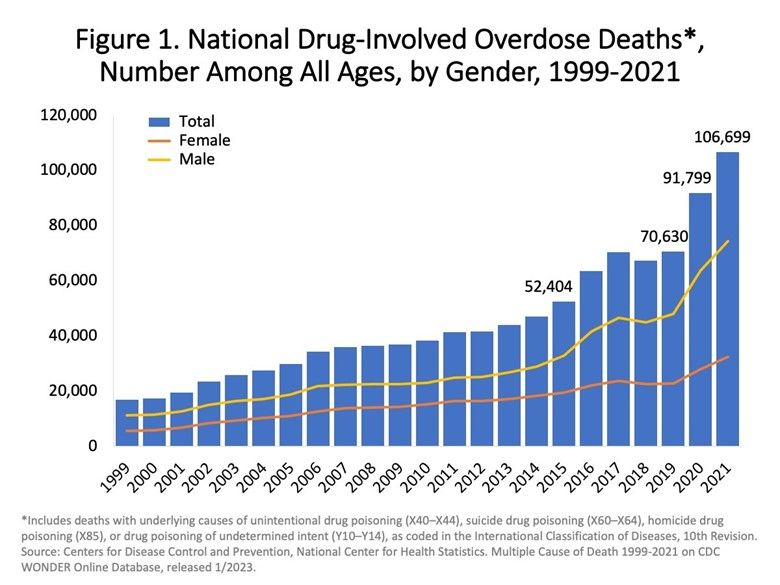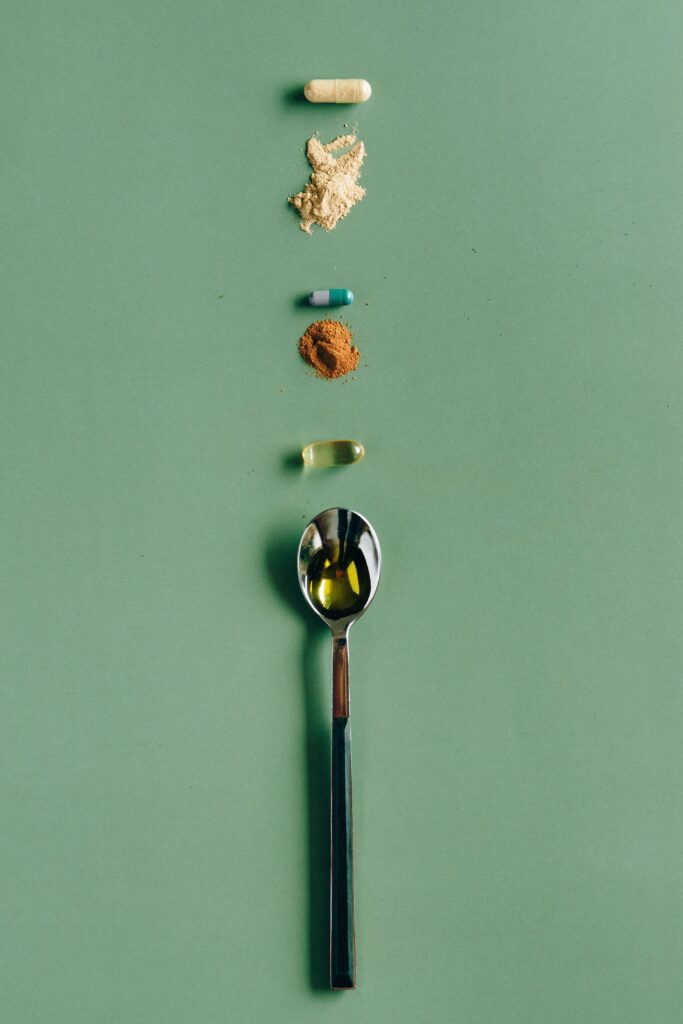Overdose Awareness Day August 31

The overdose crisis in the United States continues unabated. Each year August 31 is designated as overdose awareness day. Some use this day to remember and grieve for those who have been lost to a drug overdose, while others use this day to renew their commitment to reduce overdose deaths and encourage others to join the effort. This article aims to provide a brief overview of the history of overdose deaths, the drugs most associated with these deaths and offer a call to action for those who seek to take active steps to address this crisis.
As recently as 1999, there were 20,000 drug-involved overdose deaths. That number, 20,000, seems staggering. It would have been horrible to imagine that number would explode to over 106,000 in just over 20 years.
The Centers for Disease (CDC) reports that over 75% of overdose deaths involved an opioid, and 88% of those opioid-related deaths involved a synthetic opioid, such as illegally manufactured Fentanyl (IMF).
The rates of overdose associated with the use of cocaine and other psychostimulants, including methamphetamine, ecstasy, and prescription stimulants, are increasing substantially. Approximately 53,000 overdose deaths included cocaine or other psychostimulants.
There were 140,000 alcohol-related deaths annually between 2015 and 2019. It is difficult to discern what portion of these were overdose deaths. An analysis of death certificates revealed 99,000 deaths involving alcohol in 2020.

What can you do?
Fight STIGMA! Getting help for addiction or other mental health conditions is a good thing! No one plans to become addicted. Addiction is a disease that alters the brain of an addicted person. If you or someone you care about suffers from an addiction, learn more about their condition so you can provide non-judgmental help and support.
Store all medication securely and properly dispose of any medicine you no longer need or want. Many local pharmacies have secure drop boxes for discarding unwanted medications.
Avoid using medications not from a trusted source. In March 2023, the U.S. State Department issued a travel warning after discovering that Mexican pharmacies in tourist areas were selling Oxycodone, Xanax, or Adderall. An investigative study revealed that these pharmacies sold counterfeit pills laced with fentanyl and methamphetamine.
Learn about resources in your community for people living with addiction and share that information. Find out if your employer or union has an Employee or Member Assistance Program (EAP/MAP) and obtain and share that information widely with coworkers!
If you or someone you know is struggling or in crisis, help is available. Call or text 988. The 988 Lifeline provides 24/7, free, confidential support and resources. You can also call your EAP/MAP for help.
If you or someone you love continues to use drugs (all illicit drugs may contain fentanyl), obtain and learn how to use Naloxone. Naloxone is administered as a nasal spray (Intranasal Narcan) or injectable (Intramuscular) to a person experiencing an overdose; it reverses the effects of the narcotic overdose. View your state’s Department of Human Resources website; many have information on how and where to obtain Naloxone.
Workplace Drug testing supports a safe workplace. A carefully crafted drug testing policy creates an opportunity for those currently abusing or misusing mind-altering chemicals to be directed toward help. Please let us know if ScreenSafe can be a part of your solution.

